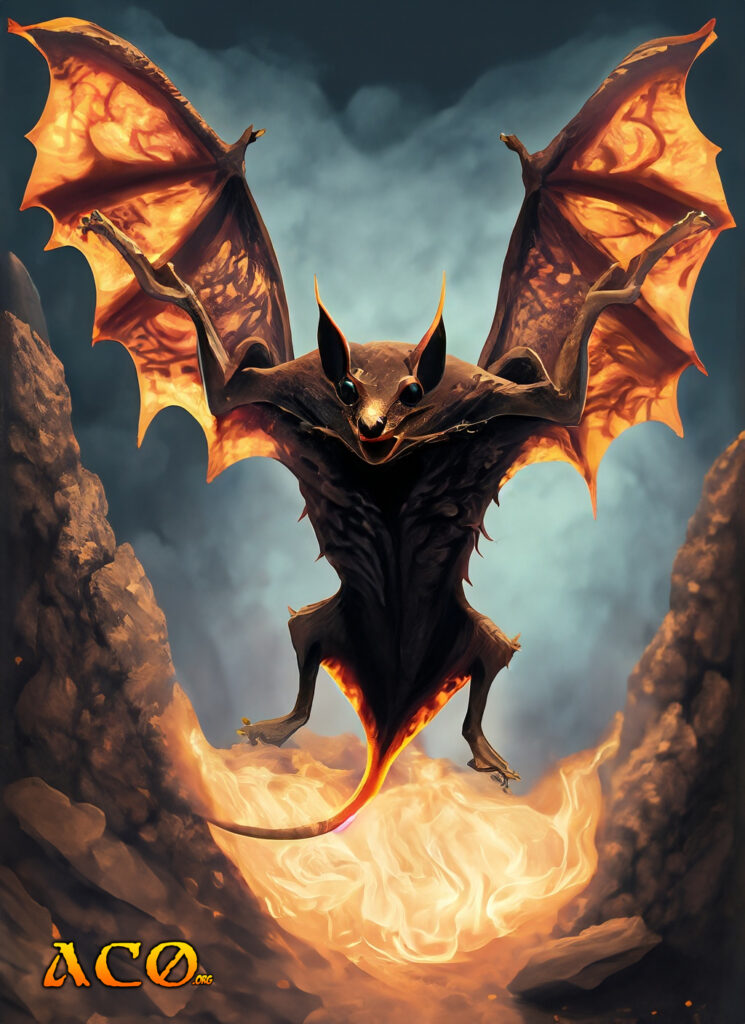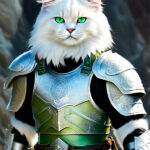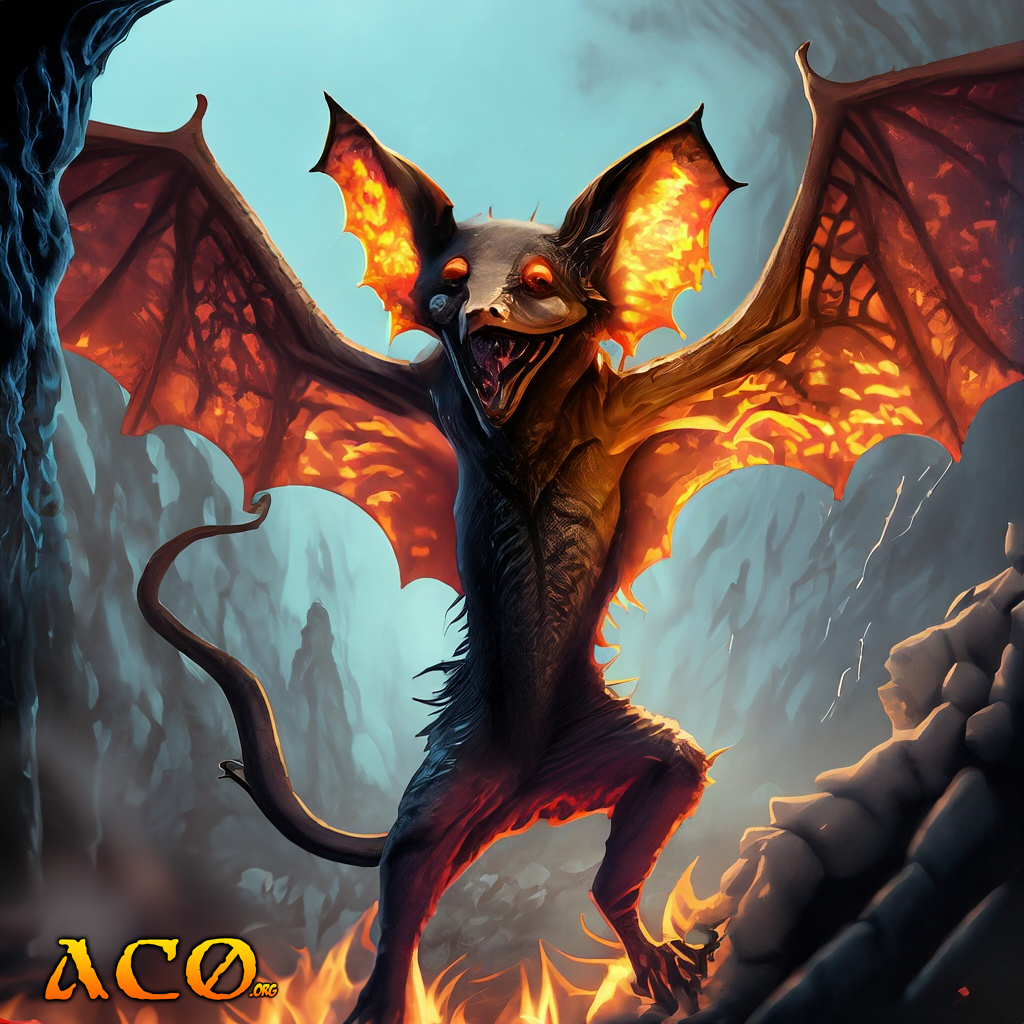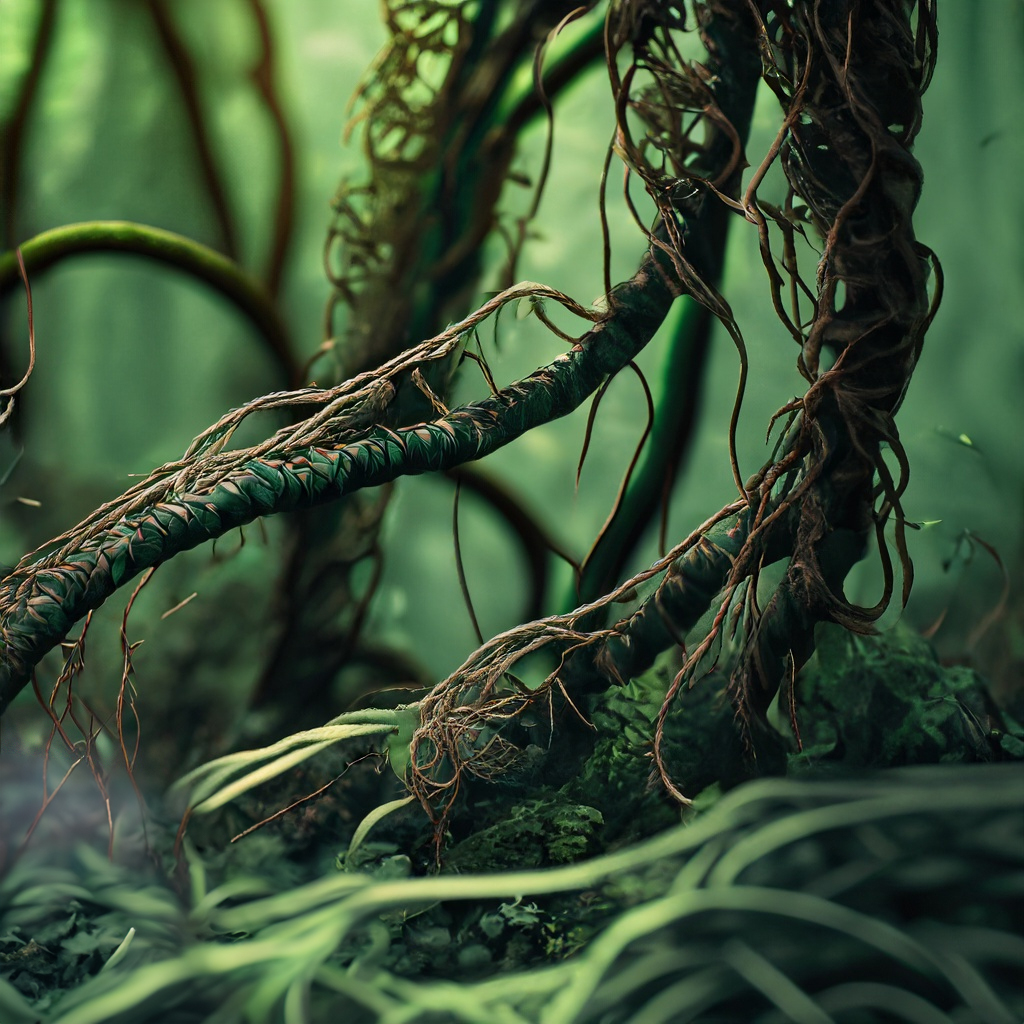So, here’s one that I had to actually go back and look up as I didn’t have any recollection of them. And, now I know why. This particular nasty came from a competition module that I never played. This is from Allan Hammack‘s 1980 Dungeon Module The Ghost of Inverness C2 (9038). This module was written for Wintercon VIII held in Detroit of 1979 and was set in Greyhawk.
These little guys, like most annoying little pests, aren’t here for a long time. They’re here for a good time. Burn, baby burn. They’ll set your nice little unprotected party up in flames if they’re not careful. which makes for a great addition to any adventure. They’re not too hard to kill. But, oh so fun to watch you try. Let us know if you do!
| FREQUENCY: Very rare NO. APPEARING: 11-20(d10+10) ARMOR CLASS: 8 MOVE: 6″/20″ HIT DICE: 2 % IN LAIR: 50% TREASURE TYPE: / NO. OF ATTACKS: 1 DAMAGE/ATTACK: 2-8 (2d4) SPECIAL ATTACKS: Nil SPECIAL DEFENSES: Immune to fire MAGIC RESISTANCE: Standard INTELLIGENCE: Semi- ALIGNMENT: Neutral evil SIZE: S PSIONIC ABILITY: Nil Attack/Defense Modes: Nil LEVEL/XP VALUE: 2 / 28 + 2 hp |  |
The firebat is a denizen of the Elemental Plane of Fire; although rather common there, it seldom appears in the Prime Material Plane. Its body is batlike, about two feet long, with a wingspan approaching four feet; its entire body is flaming, and it radiates a temperature of several hundred degrees. Its mouth is small but the fangs therein are razor-sharp, and the damage from burning affects the victim more than the blood drain (hence 2-8 points of damage per round). The skin of the firebat is tough and leathery, and even the relatively thin wings are difficult to pierce.
Firebats live in colonies usually numbering from one to two dozen. Naturally, they will only lair in very hot places such as volcanoes, near hot springs, and, of course, on their native plane. How they travel to the Prime Material Plane is a mystery, but some sages have speculated that when fire elementals are summoned, once in a great while some firebats will appear with them; and woe be upon the conjurer,
for the firebats are not under the mage’s control at all! Firebats reproduce by fission after gorging themselves on blood, so even one firebat escaping into this plane can start a colony — and can replace any casualties. A firebat colony will not grow very large, however, for they will instinctively limit their population to the available food supply.
When firebats engage an opponent, they make swooping attacks as they attempt to attach themselves to the victim. Once they have attached themselves, firebats do not need to roll further attacks and will automatically burn and bleed their victims for a total of 3 rounds (the first round they scored a hit plus two more rounds). At the end of three rounds, the satiated firebat will drop off and return to its lair. If the victim dies before three rounds are over, the unsatiated firebats will attack other opponents to finish gorging (but will never drain more than three rounds’ worth of blood whether from one, two or three victims). Firebats can detect invisible opponents because of an advanced sonar sense and infravision;
they attack invisible targets without penalty. Unlike normal bats, firebats are not impaired by sunlight (or other bright lights) and can see in the normal vision range quite well. Firebats are allies of fire elementals and will never attack them.
Firebats are pack hunters, and an attack by these creatures is a marvel of teamwork. Every member of the victim’s group is attacked by an approximately equal number of firebats: if 12 firebats attacked 4 victims, 3 bats would attack each victim; if the same group attacked 9 victims, there would be 6 victims with one bat each and 3 unlucky victims with 2 bats attacking (chosen at random). If the number of firebats ever falls below 25% of their starting force (whether from casualties or gorged returnees), the firebats will all instantly withdraw and attempt to escape back to their lair. If cornered in their lair, they will fight ferociously to the death. When they die, a burst of flame envelopes them and their physical body is transported back to the Elemental Plane of Fire, where they are reborn.
The lair of a firebat colony tends to be rocky and cavelike, with many labyrinthine passages and exits but only one large, easily noticeable entrance. Treasure is likely to be in the form of gems and jewelry, for firebats love the sparkling stones and especially prize rubies, jacinths, and carnelians. One or two young firebats (under one year old) may be found in the lair if a hunting pack is destroyed, and each young firebat will have one-half the hit dice and damage per attack of an adult.
Firebats move by an awkward hop-walk on the ground, or (more effeciently) by flight. Firebats use true flight and not gliding, for hot internal gases lighten the creature a great deal. Water scares firebats, but it takes a minimum of 10 gallons of cool water to douse one firebat’s external fires. Once extinguished, it requires 10 rounds of drying off before the firebat can ignite again. During this period it cannot fly,
and will only do 1-4 points of damage if it attacks successfully. Firebats can glide through hot solutions (including lava and magma) at their flying speed, for they are at home in anything involving fire.
Theras Freman was born in the early 1970s and grew up in a small town in rural America. From a young age, he developed a fascination with fantasy and science fiction literature, devouring everything from J.R.R. Tolkien to Isaac Asimov.
In the decades that followed, Theras continued to be a prominent figure in the D&D community. He maintained a popular blog where he shared his insights and advice on all things related to the game, and he was a fixture at gaming conventions and other events.
To this day, Theras remains one of the most respected voices in the world of D&D and other tabletop roleplaying games. His passion for the hobby has never waned, and he continues to share his expertise with anyone willing to listen.















